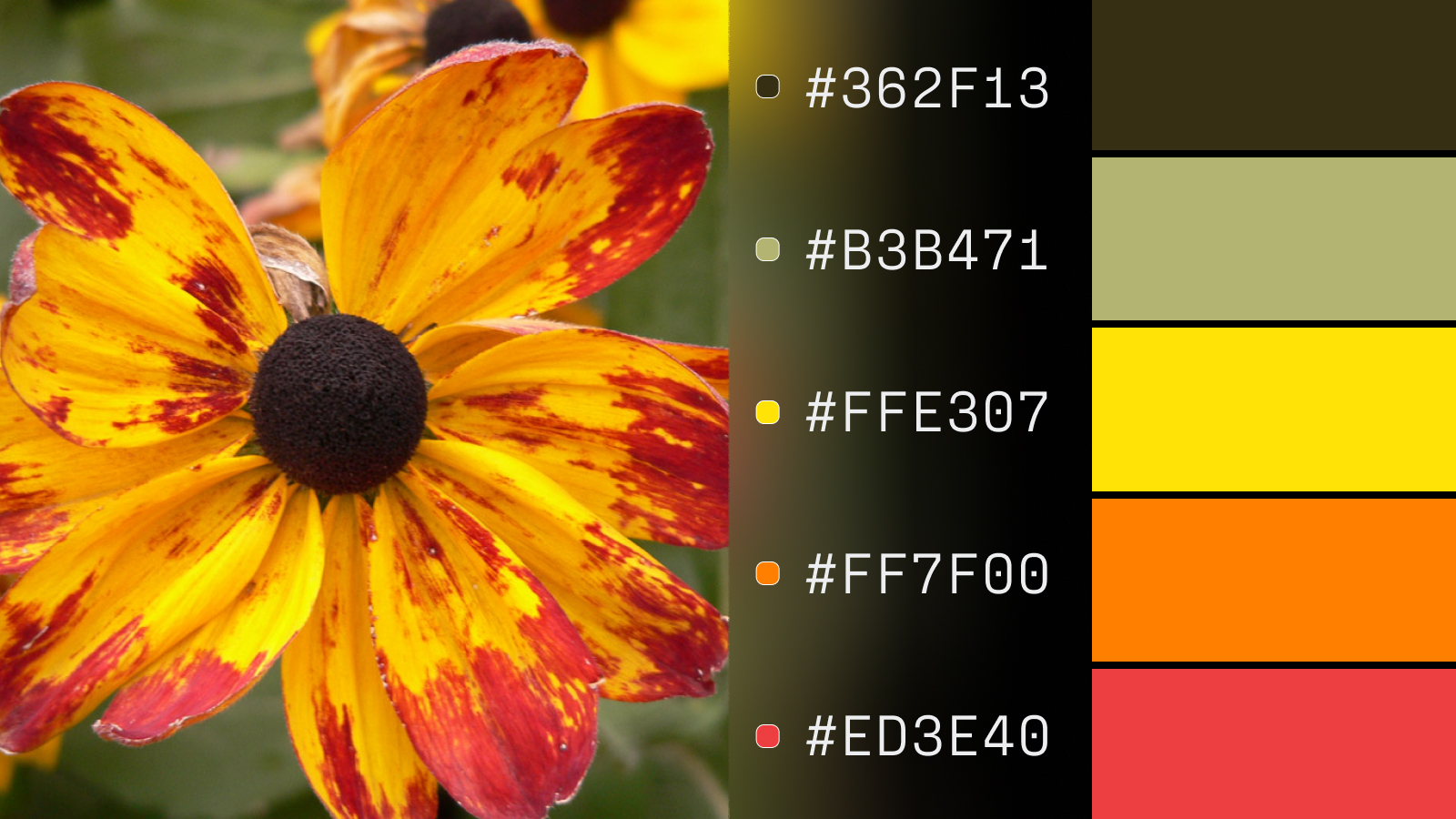The DePIN Ecosystem for AI
Discover a Web3 community collaborating on AI Models, Datasets, and dApps.
Trending models
 Color Extraction
Color ExtractionColor Extraction is a task in computer vision that involves the extraction and analysis of colors from images or videos. The objective of this task is to identify and isolate specific colors, or color ranges present in the visual data.
 Background Removal
Background RemovalBackground Removal is an image processing technique, used to separate the main object from the background of a photo. Removing the background helps highlight the product, subject, or character, bringing a professional and aesthetically pleasing look to the image.
 Image to Anime
Image to AnimeThe goal of Image to Anime was to create a new version of the image that would possess the same clean lines and evoke the characteristic feel found in anime productions, capturing the unique artistry, and aesthetics associated with this style.
 MediaPipe Face Mesh Ploting
MediaPipe Face Mesh PlotingFace mesh detection, also known as facial landmark detection or face pose estimation, is the task of identifying and localizing specific keypoints or landmarks on a human face. It involves detecting the positions of facial features, such as eyes, eyebrows, nose, mouth, and jawline, in an image or video.
 MediaPipe Face Detection
MediaPipe Face DetectionFace detection is a computer vision technique that involves identifying and locating human faces within an image or video. The goal of face detection is to detect the presence of faces, and draw bounding boxes around them, without necessarily identifying specific facial features or landmarks.
 Background Replacement
Background ReplacementBackground Replacement is a powerful tool that enables users to easily change the background of their images, opening up endless possibilities for creative transformations, and visual enhancements.
 Video to Canny Edge
Video to Canny EdgeVideo to Canny Edge is the process of converting a video into a Canny edge representation, where edges in the video are emphasized and separated. Canny Edge is a popular algorithm in image processing and is often used to detect edges in images and videos.
 Semantic-Guided Low-Light Network Enhancement
Semantic-Guided Low-Light Network EnhancementSemantic-Guided Low-Light Network is a task that integrates semantic information into the process of enhancing the quality of images captured in low-light conditions. By incorporating semantic guidance, this task aims to improve the accuracy and effectiveness of enhancing low-light images by considering the context and content of the scene.
 Image Blending with Multiple Methods
Image Blending with Multiple MethodsImage Blending with Multiple Methods is a task that involves combining two or more images seamlessly to create a composite image using a variety of blending techniques. By leveraging multiple blending methods, such as alpha blending, gradient blending, or Laplacian pyramid blending, this task enables the merging of images while preserving the visual coherence and integrity of the final composition.
 Low-light Image Enhancement
Low-light Image EnhancementLow light Image Enhancement is a task focused on improving the quality and visibility of images captured in low-light conditions. This task involves applying image processing techniques and algorithms to enhance details, reduce noise, and increase brightness in photos taken in dimly lit environments.
Trending collections
See moreTrending datasets
 CommonGen
CommonGenBuilding machines with commonsense to compose realistically plausible sentences is challenging. CommonGen is a constrained text generation task, associated with a benchmark dataset, to explicitly test machines for the ability of generative commonsense reasoning. Given a set of common concepts; the task is to generate a coherent sentence describing an everyday sce- nario using these concepts.
 XQuAD
XQuADThis dataset is a great resource for researchers who want to evaluate cross-lingual question answering performance.
 BLiMP
BLiMPThe Benchmark of Linguistic Minimal Pairs, a challenge set for evaluating the linguistic knowledge of language models (LMs) on major grammatical phenomena in English, finds that state-of-the-art models identify morphological contrasts related to agreement reliably, but they struggle with some subtle semantic and syntactic phenomena.
 PLOD: An Abbreviation Detection Dataset
PLOD: An Abbreviation Detection DatasetThis is the repository for PLOD Dataset subset being used for CW in NLP module 2023-2024 at University of Surrey.



